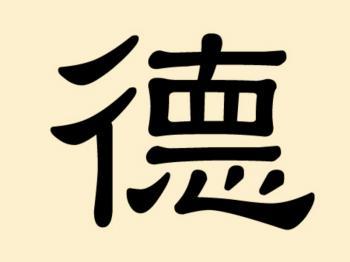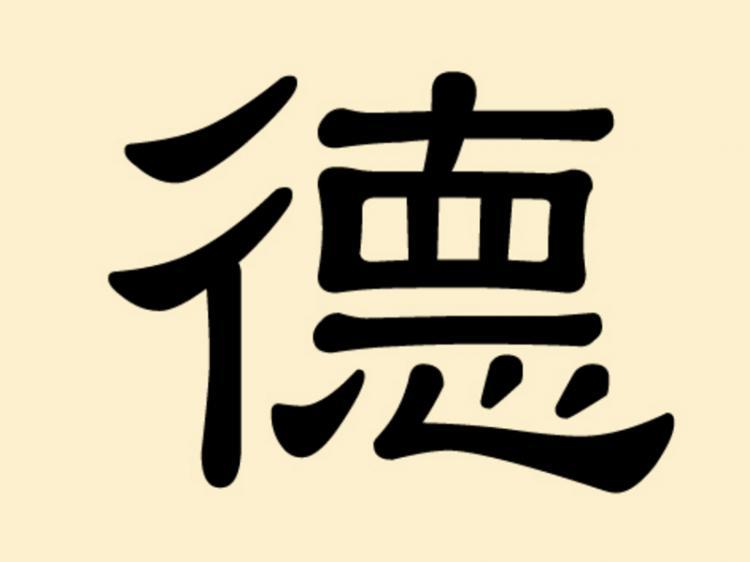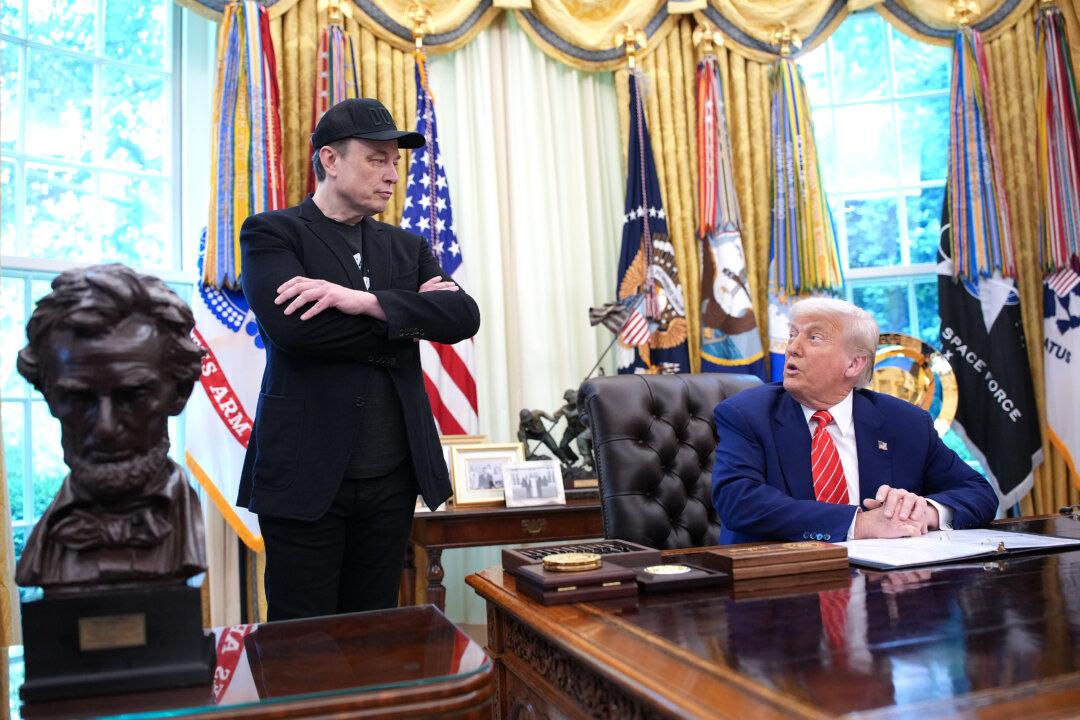The left half of the Chinese character for Virtue, Morality, and Ethics 德 (dé) is formed by the ideogram ㄔ, a character that was derived over thousands of years from the symbol for “leg and foot.”
It signifies an upright style of walking or behavior. The right half is composed of the four individual symbols 十目一心 (shímùyīxīn), where “一” (yī) stands for the number ‘one’, which reflects the generation of the universe through separation of Yin and Yang.
十 (shí), the symbol for the number ’ten‘, denotes perfection and completion, while at the same time implying that only the Gods are really perfect. It is also significant because it represents the ten directional universe of Buddhist thought. 目 (mù) signifies the word for ’eye' and 心 (xīn) the human heart. Thus, the right half, 十目一心, contains the inner meaning that “the gods observe the human heart.”
Viewed as a whole, the ideogram 德 implies that the deeds of humans must comply with the laws of the gods, i.e., they must be virtuous.
In ancient China, people often talked about “accumulating virtue.” Those who possessed much virtue and acted morally and ethically were assured of a successful reincarnation after death. Buddhist teachings dictated that an individual’s life was determined by how much virtue 德 he or she had accumulated or by how much good and evil he or she had committed in a previous life.
The ideogram 德 shows how deeply Buddhist and Taoist teachings once influenced Chinese culture. Unfortunately, modern Chinese thought sometimes find these characters to be “too complicated.”







